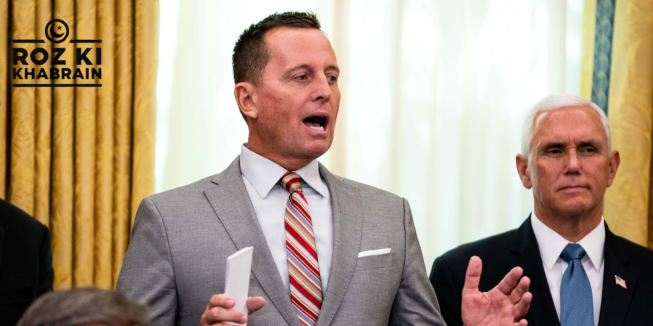The assassination of Hezbollah’s long-time leader, Hassan Nasrallah, by Israel last week dealt a significant blow to what was once the most powerful armed faction in the Middle East, raising questions about its future, the Palestinian conflict, and Iran’s regional influence.
In recent months, Hezbollah has lost several key leaders, including Nasrallah, who had been at the helm since 1992 after succeeding Abbas Mousavi, also assassinated by Israel. The group also faced an unprecedented attack on Sept 17 and 18, where several members were injured by pager and walkie-talkie explosions.
Hezbollah was the first external group to openly support Palestinian resistance against Israeli occupation on Oct 8 last year, a day after Hamas launched Operation Al Aqsa Flood. So far, the group has lost over 1,750 fighters, with 7,000 others wounded in the year-long conflict.
Israel has ramped up its airstrikes on Hezbollah’s positions in recent weeks, significantly damaging its infrastructure and severing key supply routes. Lebanon now faces a near-total blockade imposed by Israel, cutting off Hezbollah’s external supplies.
Hezbollah is also navigating a leadership shake-up, with changes occurring not only at the top but throughout its ranks. This transition comes during one of the most challenging periods in the group’s history.
Despite these setbacks, Hezbollah has weathered similar crises before, such as during its 2006 conflict with Israel when airstrikes decimated its rocket arsenal and elite fighters. Even then, it managed to hold off a much stronger Israeli military, earning widespread respect in the Arab world. While the current losses surpass those in 2006, Hezbollah is now more resourced, boasting a force of over 100,000 members.
Trita Parsi, executive vice president of the Quincy Institute for Responsible Statecraft, believes that despite the heavy losses, Hezbollah is “not finished.” However, rebuilding won’t be easy, as the group has lost many senior leaders, and its communications have been compromised by Israeli intelligence, which has infiltrated the group with informants.
Israel’s sophisticated intelligence operation used advanced technologies, foreign partnerships, and Hezbollah’s vulnerabilities to breach its once-strong defenses. The breakthrough came when Hezbollah deployed forces to Syria in 2012, inadvertently exposing its operations to Israeli surveillance. Using a multi-layered approach, Israel gathered human intelligence, electronic surveillance, and satellite data to target Hezbollah’s leadership and disrupt its operations.
Reports suggest Israel’s airstrikes have only destroyed 10 percent of Hezbollah’s arsenal, leaving the group with tens of thousands of fighters and a substantial missile stockpile. Despite the losses, Hezbollah’s decentralized structure and deep integration into Lebanese society make it difficult to dismantle entirely.
Military analyst Elijah Magnier believes that while Israel may see this as a tactical victory, it could lead to even stronger support for Hezbollah, making it harder to secure a long-term strategic advantage.
Hashem Safieddine, Nasrallah’s maternal cousin and former head of Hezbollah’s executive council, is expected to take over leadership. Well-connected to Iran, Hezbollah’s main supporter, and with ties to the late Iranian commander Qassem Soleimani, Safieddine is positioned to keep Hezbollah closely aligned with Iran.
Despite recent blows, Hezbollah has shown little sign of military weakness, continuing rocket attacks on Israel, albeit with slightly reduced frequency.




